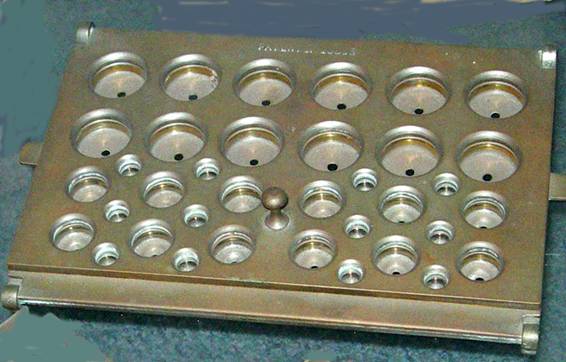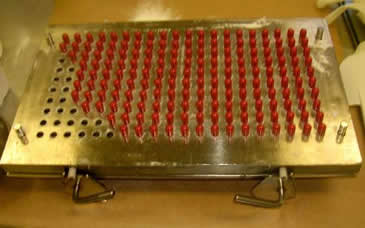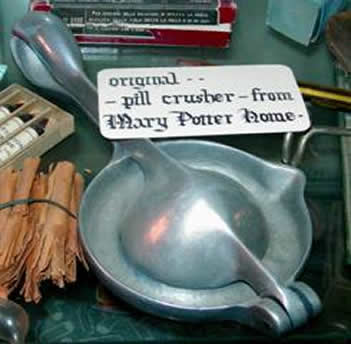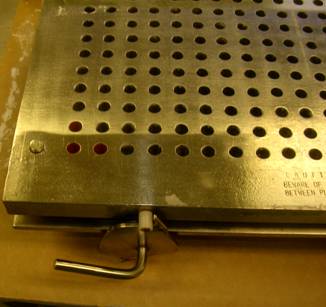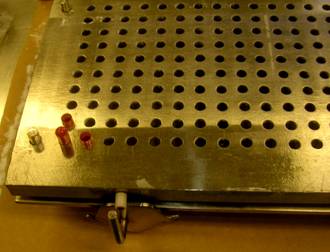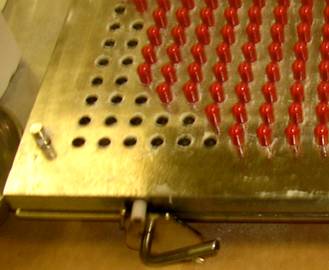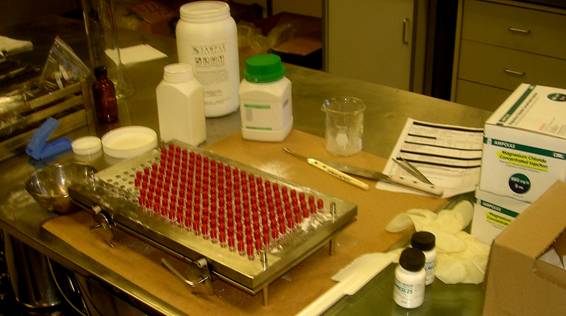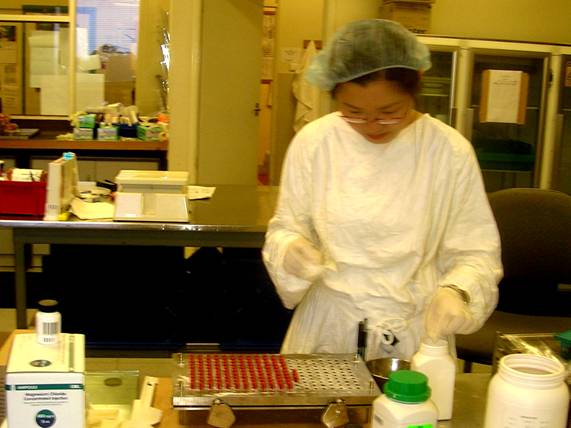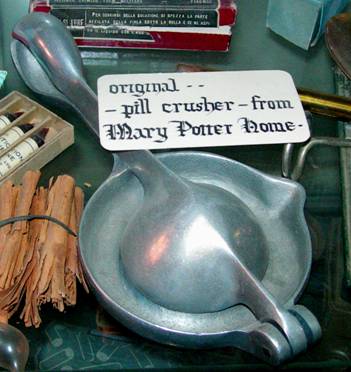
South Australian Medical Heritage Society Inc
Website for the Virtual Museum
Home
Coming meetings
Past meetings
About the Society
Main Galleries
Medicine
Surgery
Anaesthesia
X-rays
Hospitals,other organisations
Individuals of note
Small Galleries
Ethnic medicine
- Aboriginal
- Chinese
- Mediterran
Cachet & capsule machines
Acknowledgements: The “Cachet Plate” and “Pill Crusher” were photographed at the Calvary Hospital with the kind permission of Terry Ormond OAM, the museum curator. Information about the cachet machine was provided by Geoff C Miller, Secretary and Treasurer of he Australian Academy of The History of Pharmacy. Capsule making was observed and photographed at the Queen Elizabeth Hospital Department of Pharmacology, courtesy of Mr. Kevin Williams.
The manual production of tablets and capsules are now of historical interest only.In the last century they were made in small quantities using the active ingredients, binding agent, fillers and mixers, according to the doctor’s prescription. They were compressed manually in a mould sometimes using a hammer.
Cachets
Unpalatable drugs were cached using gelatine or a similar compound. The photograph shows the lower half of a cachet machine. The standard cachet machine consisted of three metal plates drilled with holes of different diameter for the size of the cachet used. The first half of the cachet was then fitted in the base plate. The centre plate was then used to mask the rims of the cachets to prevent powder deposit. Funnels were then used to deposit an appropriate dose of the powdered drug into the lower part of the cachet. Tampers were used if the drug had to be compressed.
When the cachets were filled, moisture was applied to the rims of the cachet halves in the top plate. The centre plate was then removed and the two cachet halves brought together. After a few minutes the cachets were dry and could be removed.
The lowest of a set of moulds for making cachets of various sizes
Capsules
Another option was to use capsules. Again mechanisation supplanted the earlier models. The early models however are still used in clinical studies using the “double blind” method, where neither the clinician or the patient are aware which capsule contains the active agent or the placebo, as identical capsules are used for both.
Each machine consists of two plates with openings to fit the capsules. The two levers at the front allow the upper plate to be raised or lowered. In the first instance the upper plate is raised half way and the empty lower halves of the capsules are inserted. This allows the operator to ensure that all the openings contain empty capsule halves. The upper plate is then raised to the maximum and the well is filled with a previously determined dose of the drug. A similar technique is used for the placebo. The upper plate is then lowered to half way, and the empty top half of the capsule is inserted in order to close and seal the previously filled half of the capsule. The upper plate is then lowered fully and the capsules can then be removed.
The capsule machine showing completed capsules.with the 2 plates in the lowest position
A pill crushing machine used to crush hard tablets into powder.in this instance the active drug was crushed to fill the capsules.
Capsule machine with empty capsules ready for filling the upper plate is fully raised, and the lever points to the left.
The upper plate is lowered to the half way position allowing the empty lower halves of the capsules to be placed. The lever is now upright,
The upper plate is now fully lowered and the lever points to the right. . The completed capsules can now be removed
General view of capsule making bench
Removing the completed capsules
An original pill crusher, used to crush hard pills into powder which could be mixed with water making the medicine easier to swallow.
-o0o-
